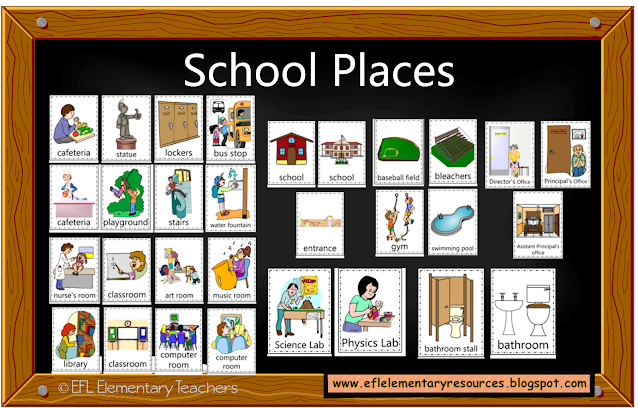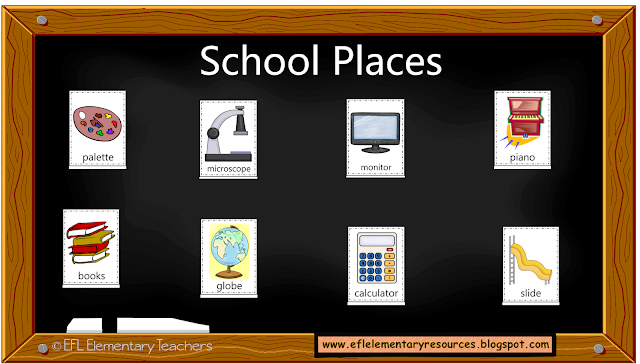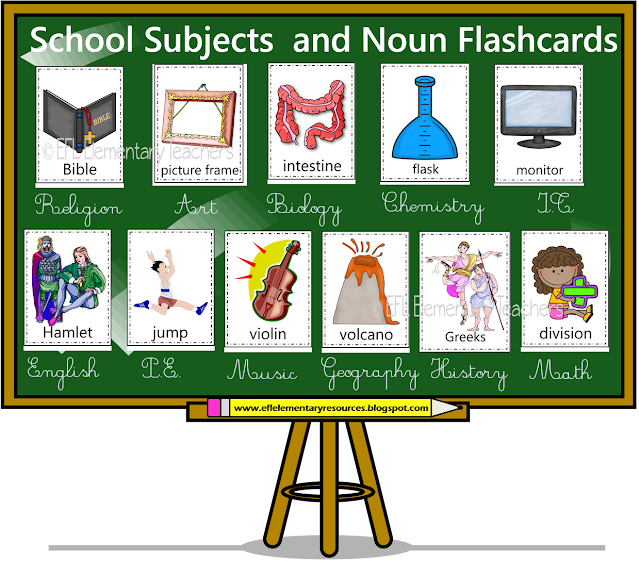Teaching English Language Learners in elementary school can feel overwhelming to plan meaningful, language-rich lessons every week. That’s exactly why I use thematic units in my classroom with all you need to write your lesson plan.
My Elementary ESL Teaching Units- EXPLORE- Bundle, which includes 10 ready-to-use with minimal prep thematic units are designed specifically for elementary-age ELLs (typically grades 2–5). These units are: transportation, town,farm, beach, routine verbs, weather, seasons, time,community helpers, adjectives.
This Bundle Supports Mixed Ability Levels. In one class, you might have newcomers alongside students who are ready for richer tasks. Thematic units allow you to differentiate easily—with visual supports, simple worksheets, and extension activities all in one place.
Use the unit materials in centers where students can practice vocabulary through:
Matching games. Telling the time blog post: https://eflelementaryresources.blogspot.com/2019/04/telling-time-for-esl-learners.html
Memory cards. Community helpers Unit blog post: https://eflelementaryresources.blogspot.com/2025/07/community-helpers-jobs-and-occupations.html
Students rotate through activities.
There are add ons:
Activities focusing on numbers 1–20 help students develop counting skills, number recognition, and number vocabulary through visual, hands-on, and engaging practice that supports early math and language development. Farm Unit blog post: https://eflelementaryresources.blogspot.com/2025/10/counting-120-cows-numbers-activities.html
Follow me on Instagram for creative activities, classroom tips, and exclusive sneak peeks of my teaching resources! There Hands-on games and activities for young learners, freebies and more: https://www.instagram.com/rosamelia_eslteacher/






























































